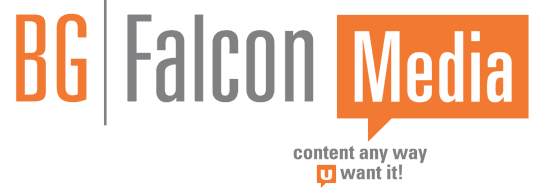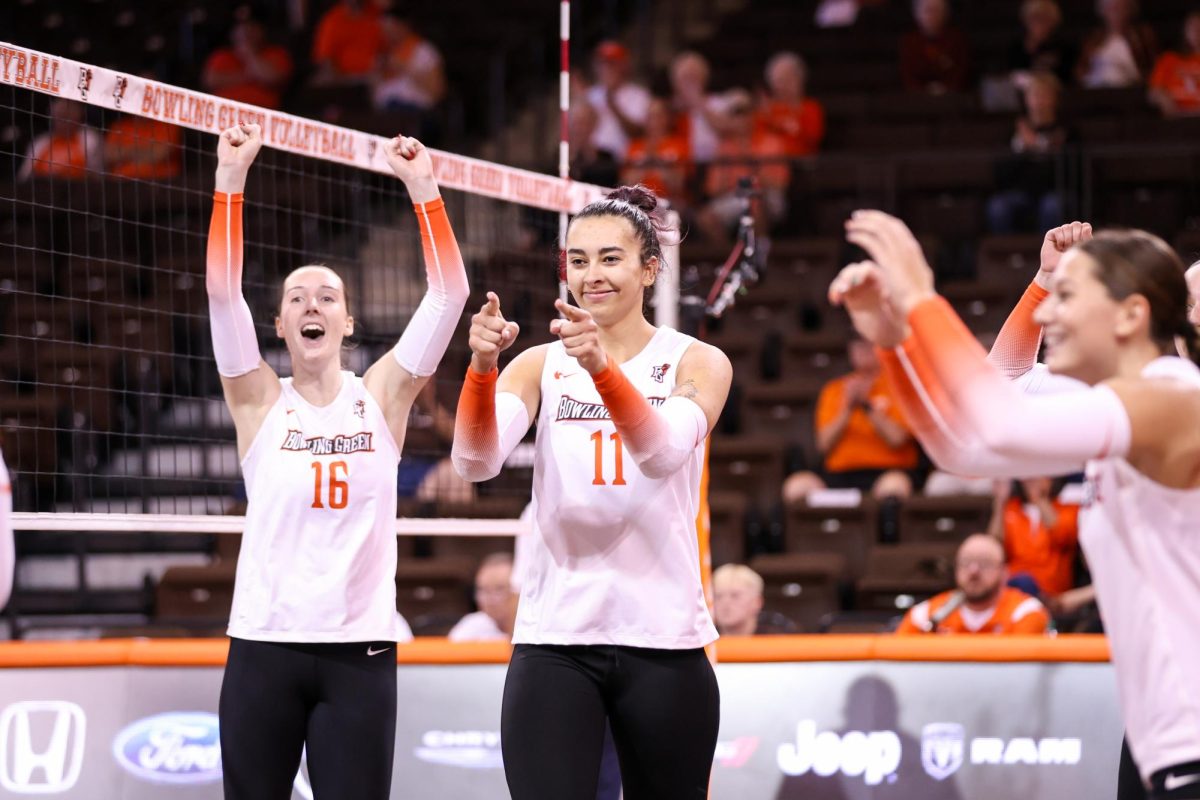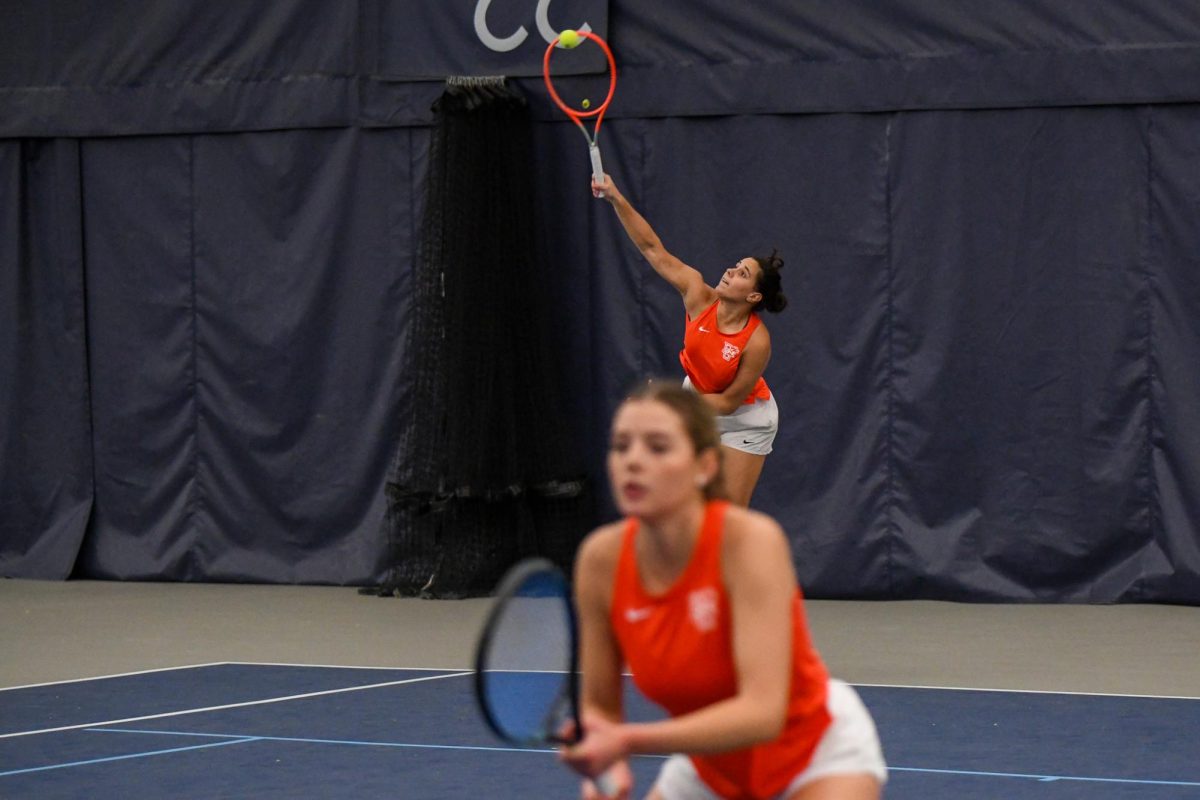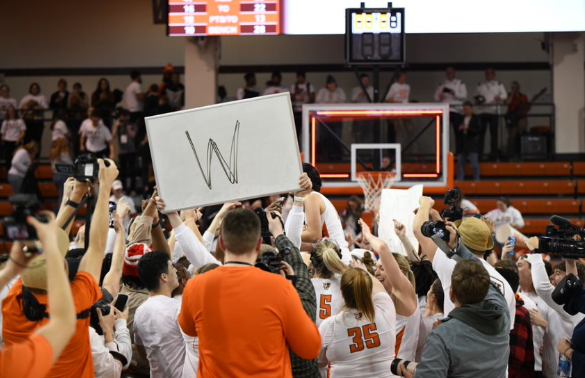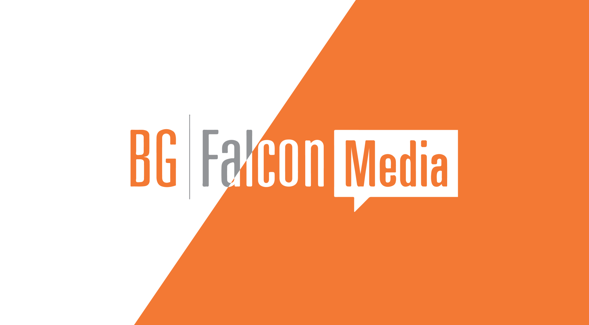Have you ever bumped into a friend and then afterwards, felt a spark of motivation, innovation or creativity?
If so, then you just might have been impacted by naturally occurring chemical reactions, which can stimulate the same part of your brain that controls your creative capacity.
“Imagine: How Creativity Works” is a book written by Jonah Lehrer in which he explains the creative processes and how human interactions and mental stimulation is one of the biggest factors in the creative process and science of innovation.
Unfortunately, Mr. Lehrer recently resigned his position at the New Yorker for fabricating a quote by Bob Dylan in his book. The made-up quote was an extension of an interview with Dylan about his process of songwriting in which he says, “There’s no great message. I just write them.” Then, Mr. Lehrer adds, “Stop asking me to explain.” The third sentence did not exist in the interview.
However, the impact of creative stimulation mixed with spontaneous interaction still seems valid. In my opinion, Mr. Lehrer did lie about the quotes of one of the most studied musicians, Bob Dylan, (who will be performing soon at the Stroh Center), but it does not take away from the science of creativity.
Spontaneous interactions can still play a huge part in boosting and stimulating the creative faculties in the brain.
The book asserts this point by explaining how Disney Pixar studio has a space in the building allowing all faculty members to interact. The forced interactions help to produce ideas and stimulate brain activity in the studio. People may or may not be aware these interactions can make you smarter and more productive in your endeavors.
Technology and art may seem like an unlikely marriage, but the couple has a profound impact on each other and in production studios. Another author, Tina Fey, has a similar approach in writing comedic pieces—where she places Ivy League cerebral comedians with party boys that have naturally occurring talent and little-to-no college degrees together to form comedic genius.
Centralized restrooms in the studio are designed to have a similar impact. Although, in these cases you may want to keep a close eye on the interactions you engage in in those circumstances.
If these small interactions can actually boost creativity, how would we view daily interactions differently?
I would say we might be less cautious in approaching others and engaging in conversations about various topics. It’s important to note spontaneous should not be synonymous with other adjectives such as impulsive and should not be off-putting or surprising to the other person; both parties should be considerate and harmonious in these interactions.
Respond to Samantha at

